Origin of Pashmina Shawls
Pashmina has a long history, dating back several centuries. It is believed to have been introduced to India by Persian and Central Asian travelers, traders, and rulers. The word “Pashmina” comes from the Persian word “Pashm,” which means “soft gold” or “soft wool.” By the 15th century, Pashmina had become a highly sought-after fabric in the Mughal court, with Emperor Akbar playing a major role in popularizing the use of Pashmina shawls in India.
# Types of Pashmina Shawls
1. Kani Pashmina Shawl, Handwoven using wooden sticks or kanis. The intricate patterns and bright colors make them a high-end luxury product.
2. Loom-Woven Pashmina Shawl, Woven on a traditional handloom, these shawls are less expensive than the Kani variety but still exhibit remarkable craftsmanship.
3. Embroidered Pashmina Shawl, Hand-embroidered with traditional Kashmiri motifs, such as paisleys and flowers, using threads made of silk or cotton.
# Quality of Pashmina Shawls
Pashmina is categorized by its fineness, measured in microns. The best Pashmina fibers are between 12-16 microns in diameter, making the shawls extremely soft and warm. Lower-quality variants may have fibers with diameters up to 19 microns. High-quality Pashmina is lightweight and can easily pass through a ring, signifying its fineness and delicacy.
# GI Tag for Pashmina Shawls
Kashmiri Pashmina shawls were awarded the Geographical Indication (GI) tag to protect this traditional craft from counterfeiting and to preserve its authenticity. The GI tag certifies that the shawl originates from Kashmir and is made using traditional techniques and genuine Pashmina wool. This also helps to protect the economic interests of local artisans and maintain the cultural heritage of Kashmir.

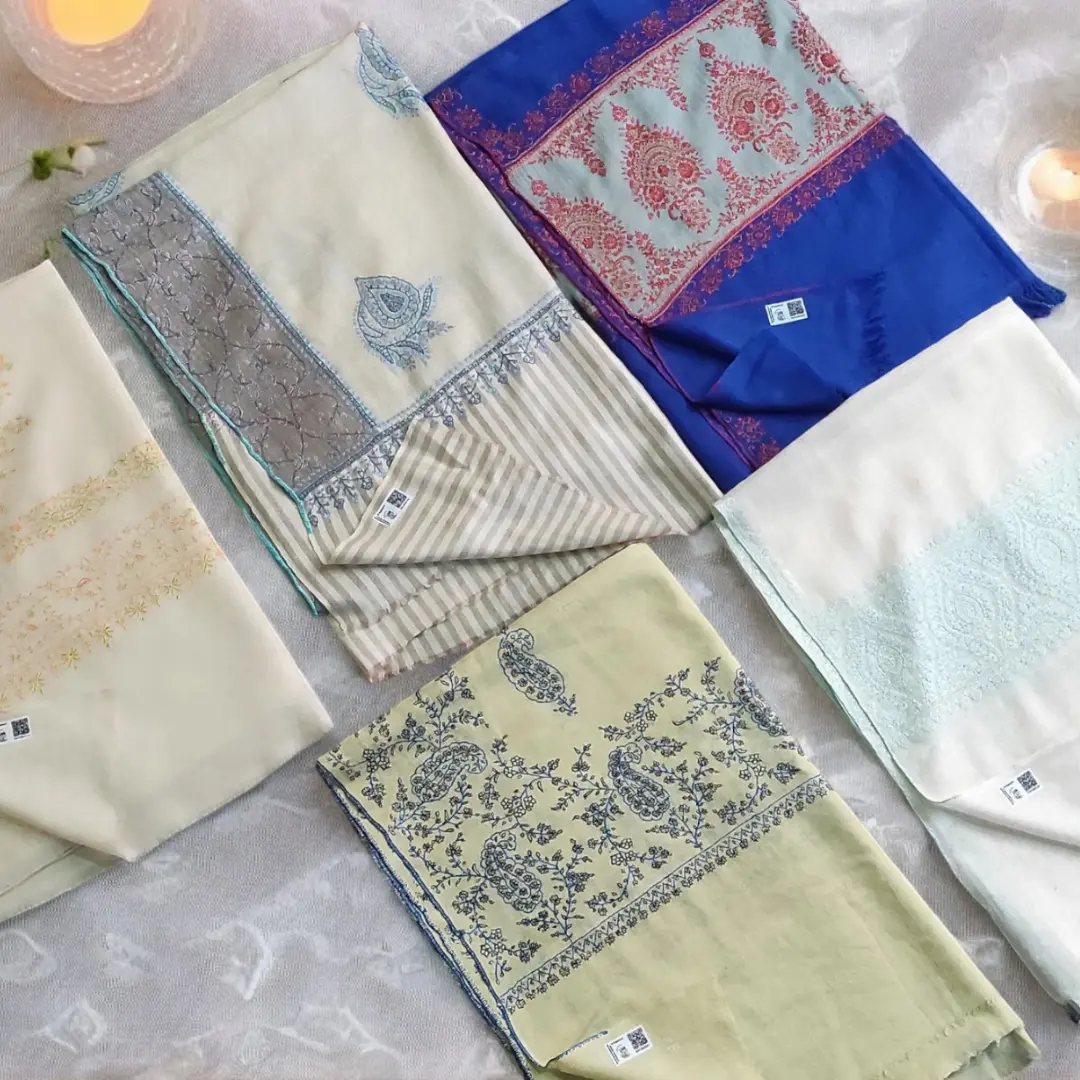
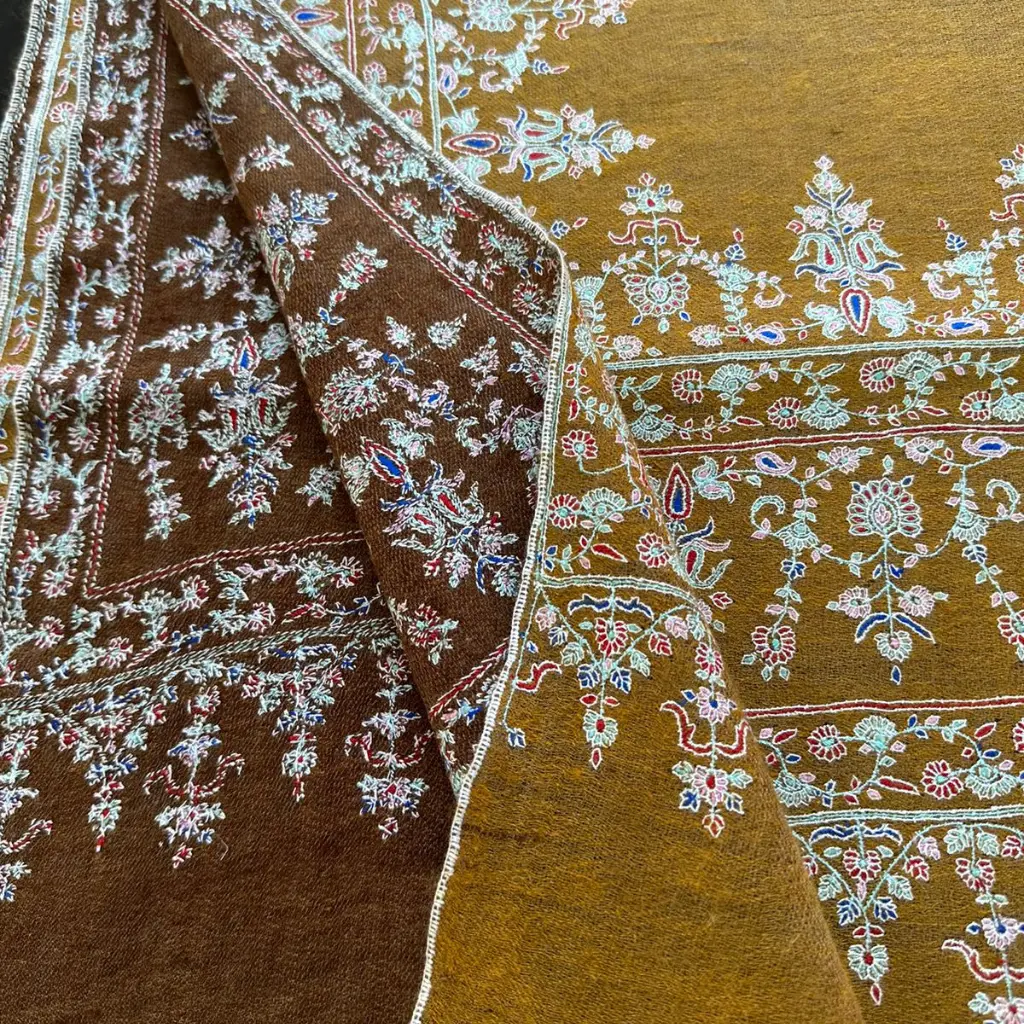
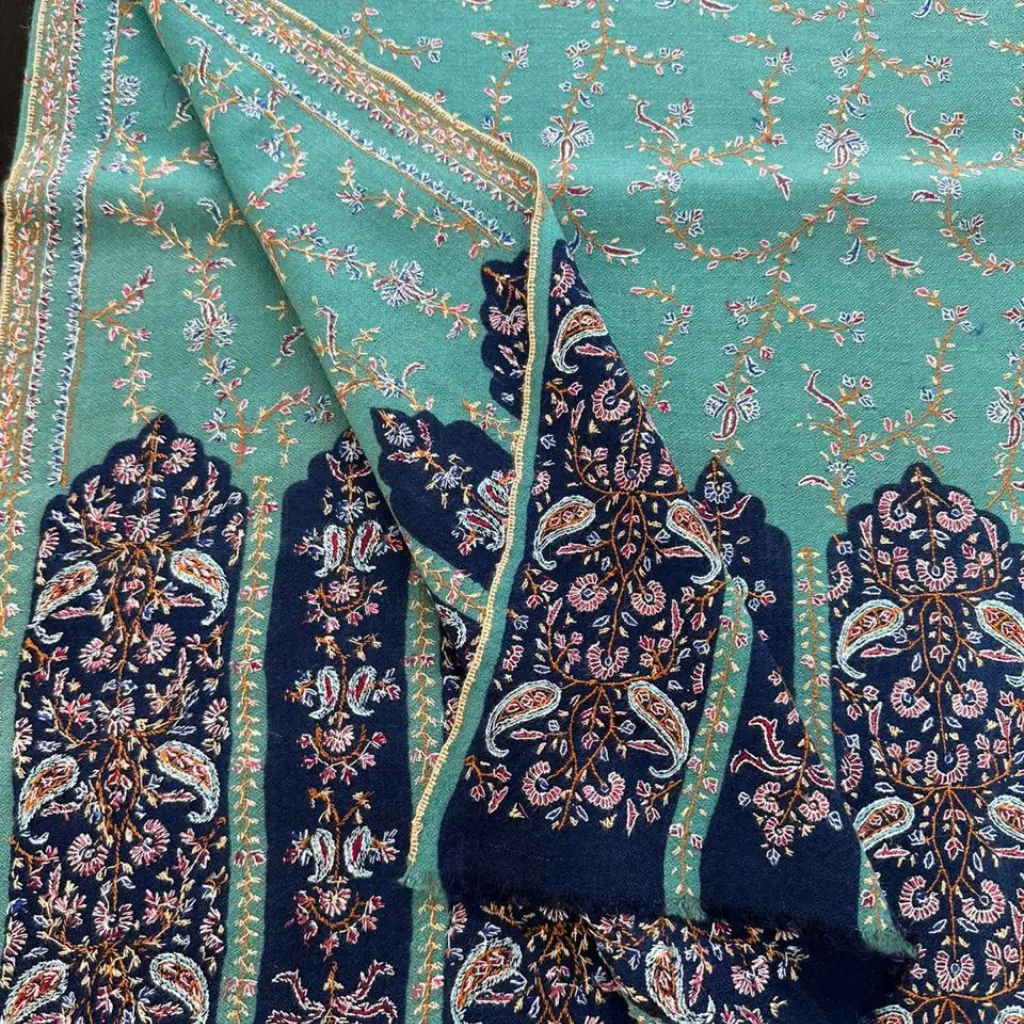
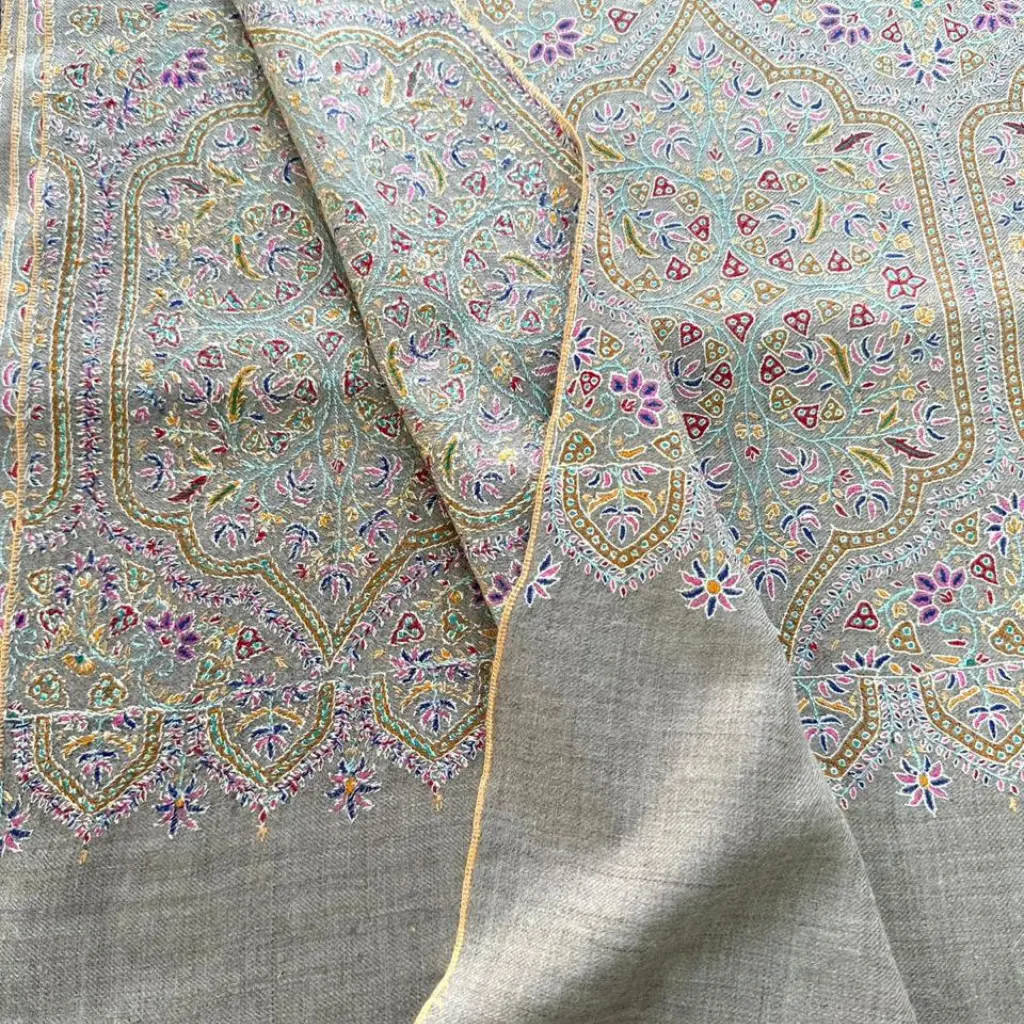
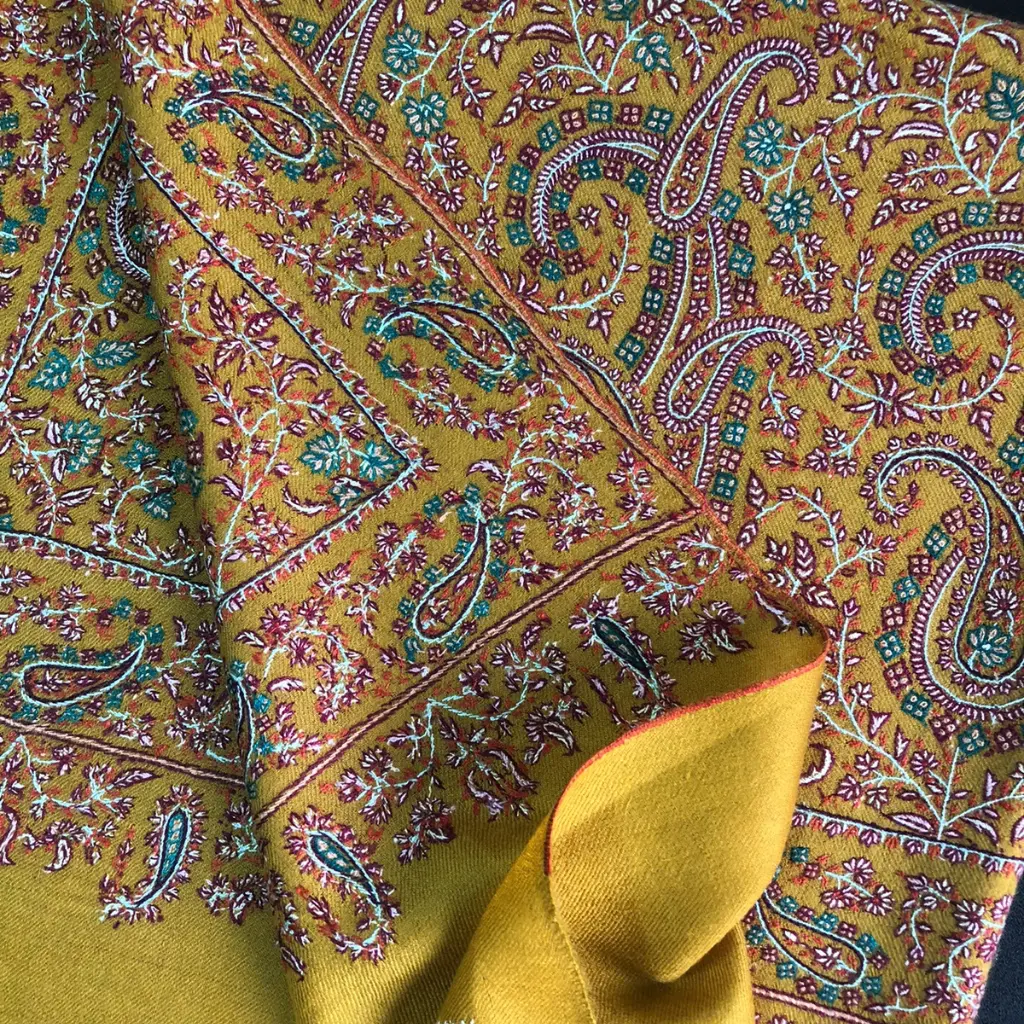
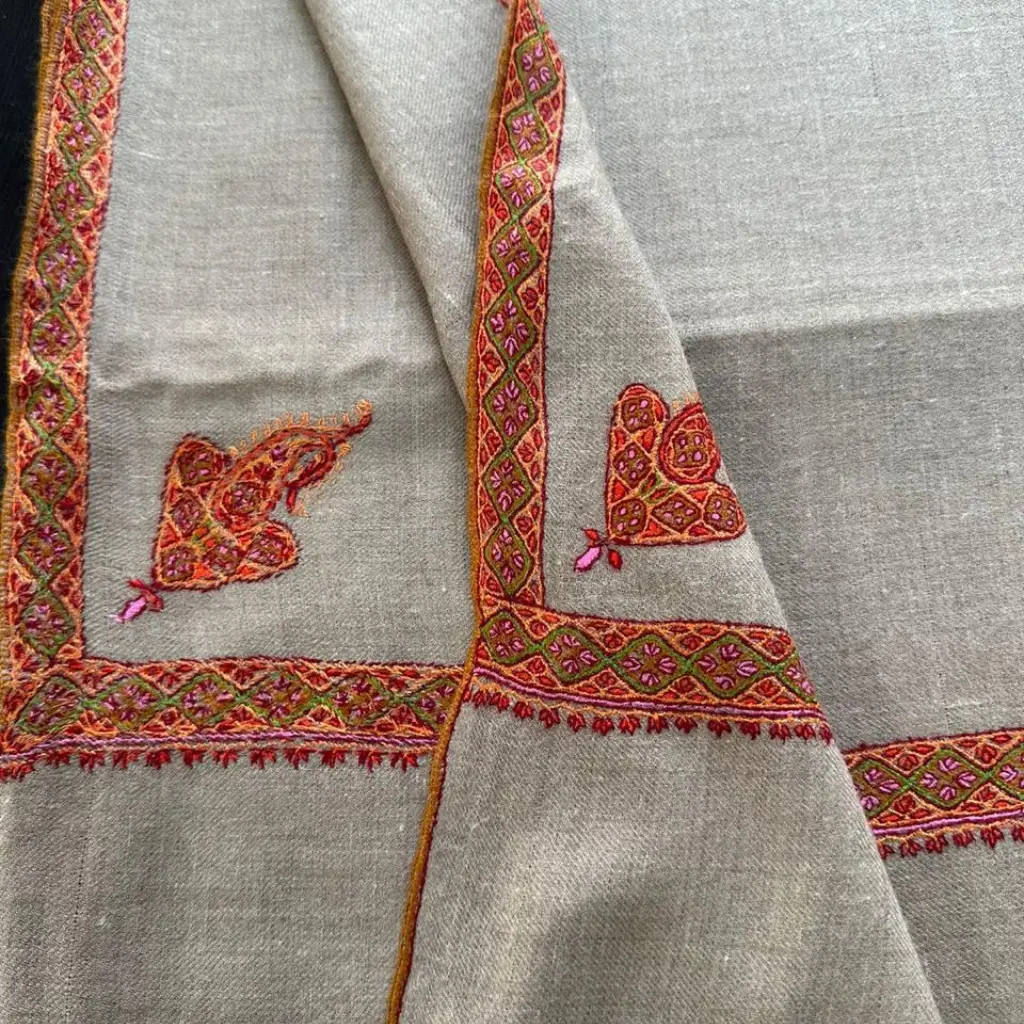
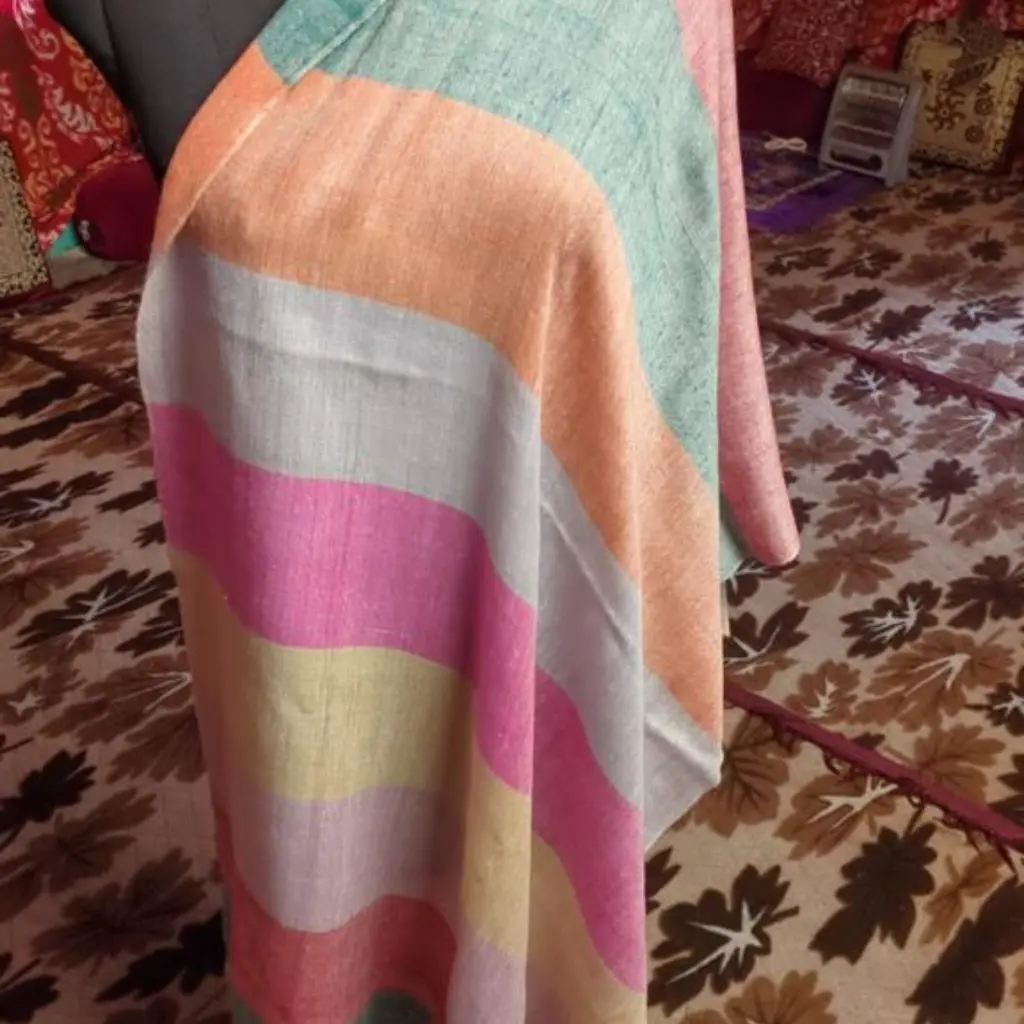
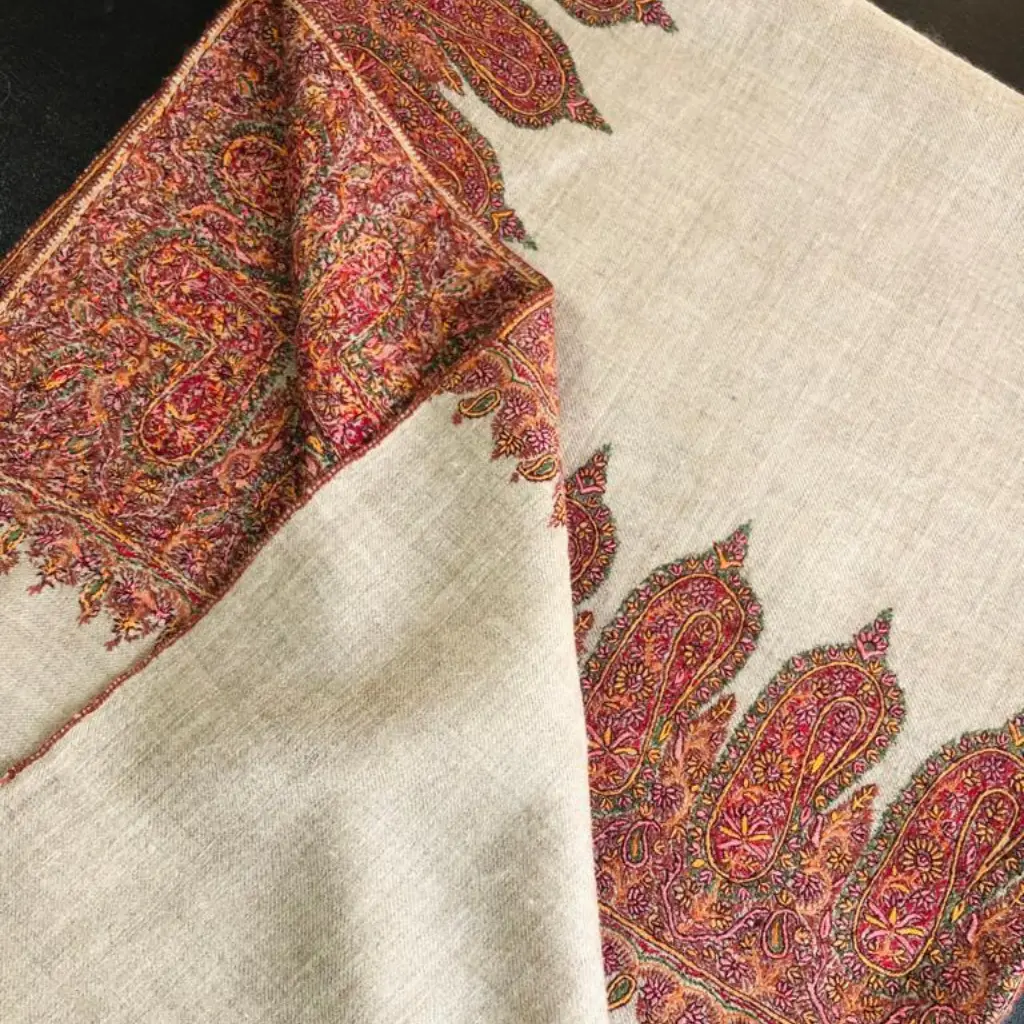
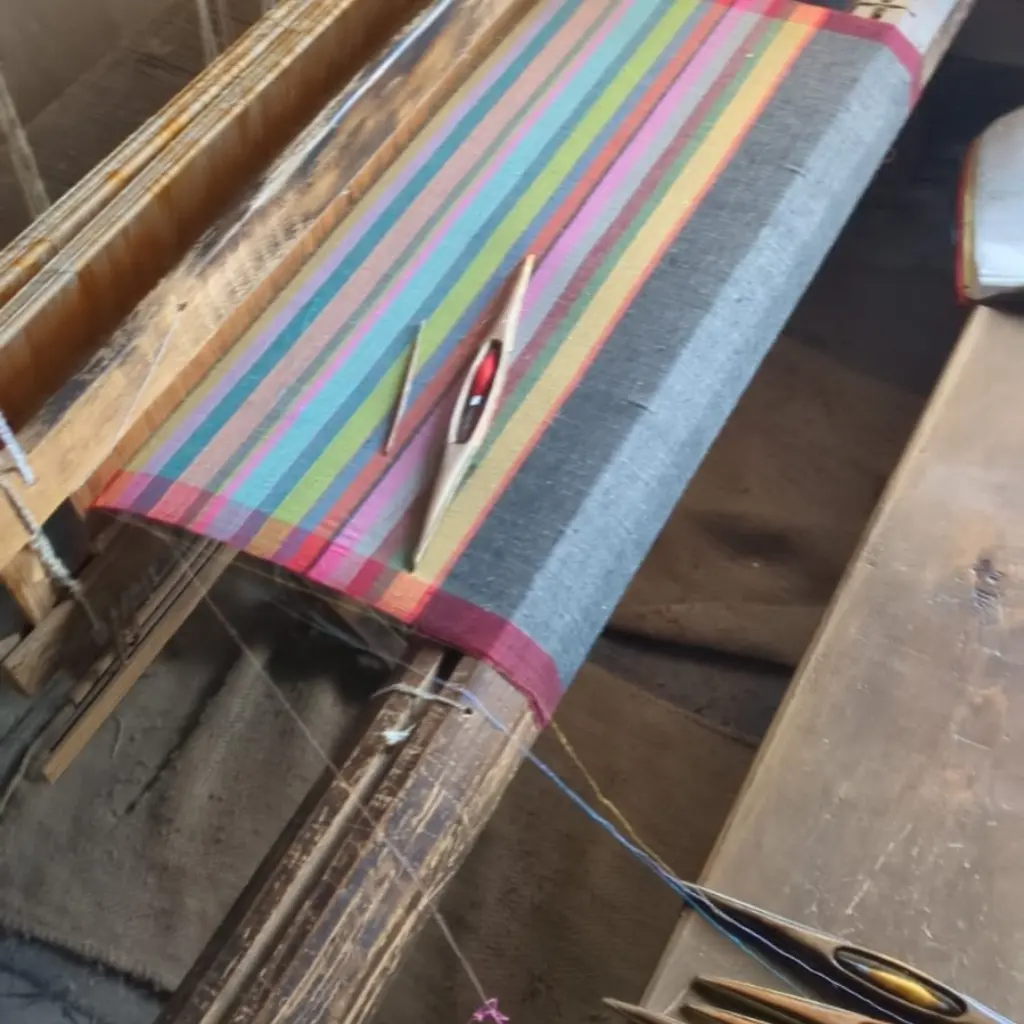



Reviews
There are no reviews yet.